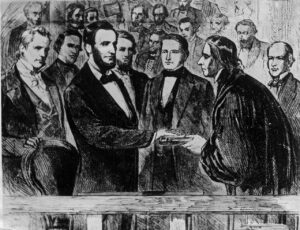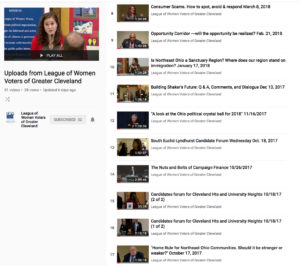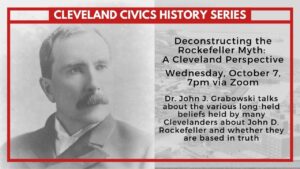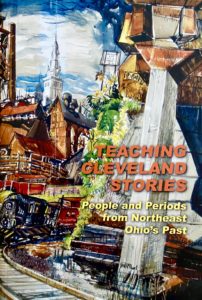
Cleveland 1912: Civitas Triumphant By Dr. John Grabowski
Mark Hanna: The Clevelander Who Made a President By Joe Frolik
Rockefeller’s Right-Hand Man: Henry Flagler By Michael D. Roberts
Cleveland’s Original Black Leader: John O. Holly By Mansfield Frazier
The Heart of Amasa Stone By John Vacha
Frederic C. Howe: Making Cleveland the City Beautiful (Or At Least Trying) by Marian Morton
Bill Veeck: The Man Who Conquered Cleveland and Changed Baseball Forever By Bill Lubinger
When Cleveland Saw Red By John Vacha
Maurice Maschke: The Gentleman Boss of Cleveland by Brent Larkin
Inventor Garrett Morgan, Cleveland’s Fierce Bootstrapper by Margaret Bernstein
How Cleveland Women Got the Vote and What They Did With It by Marian Morton
One Man Can Make a Difference by Roldo Bartimole
The Election That Changed Cleveland Forever by Michael D. Roberts
Deferring Dreams: Racial and Religious Covenants in Shaker Heights, Cleveland Heights and East Cleveland, 1925 to 1970 By Marian Morton
Cyrus Eaton: Khrushchev’s Favorite Capitalist By Jay Miller
Ray Shepardson: The Man Who Relit Playhouse Square By John Vacha
Bertha Josephine Blue By Debbi Snook
The Scourge of Corrupt and Inefficient Politicians: The Citizens League of Greater Cleveland By Marian Morton
The Man Who Saved Cleveland By Michael D. Roberts and Margaret Gulley
cover image by Moses Pearl. Use thanks to Stuart Allen Pearl. http://www.artistsarchives.org/archived_artist/moses-pearl/


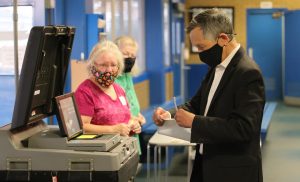
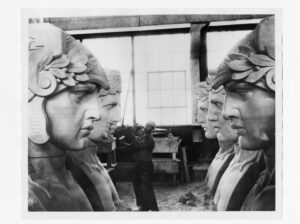
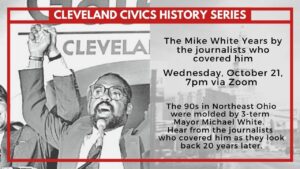
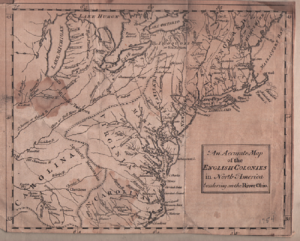 (Map of English Colonies Bordering on Ohio River 175
(Map of English Colonies Bordering on Ohio River 175